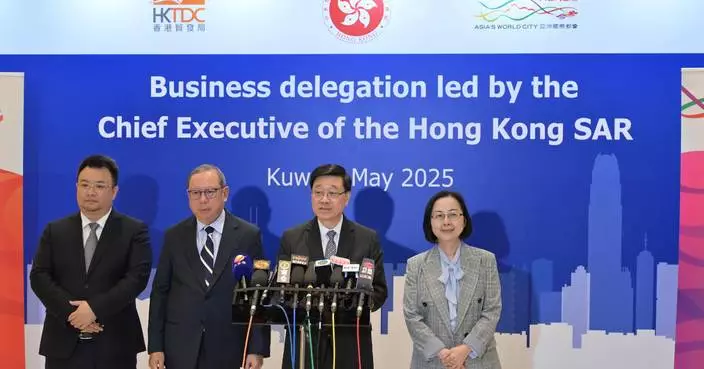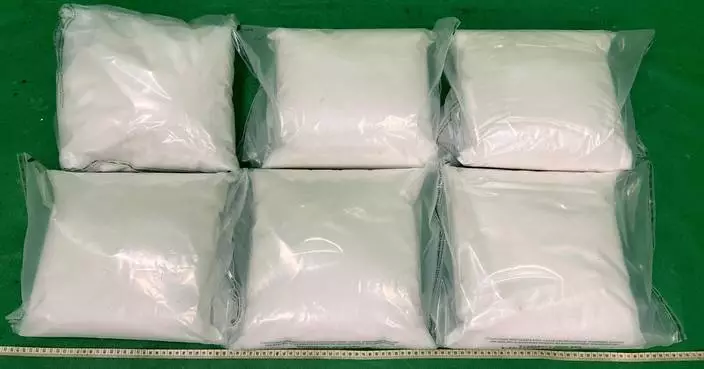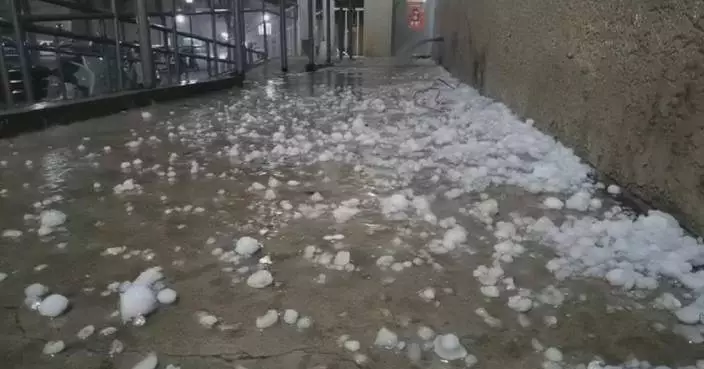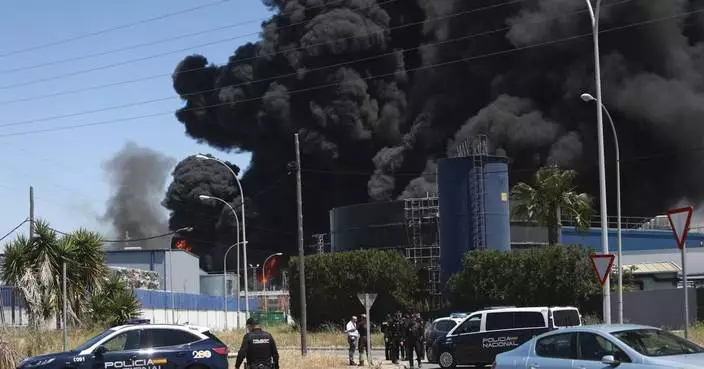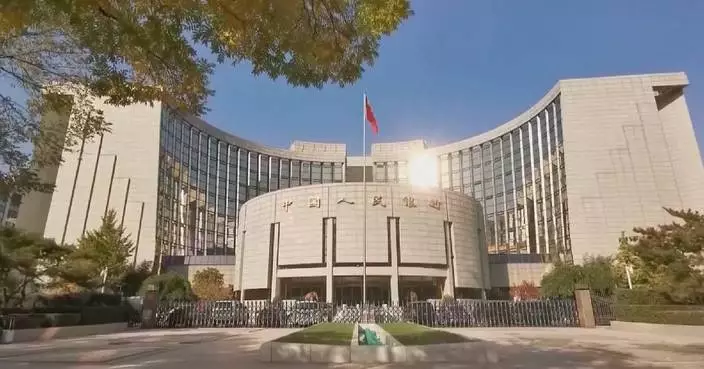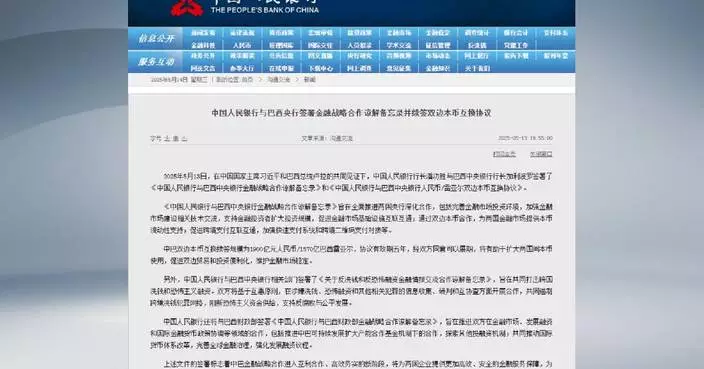Consumer Price Indices for March 2025
The Census and Statistics Department (C&SD) released today (April 23) the Consumer Price Index (CPI) figures for March 2025. According to the Composite CPI, overall consumer prices rose by 1.4% in March 2025 over the same month a year earlier, smaller than the average rate of increase in January and February 2025 (1.7%). Netting out the effects of all Government's one-off relief measures, the year-on-year rate of increase in the Composite CPI (i.e. the underlying inflation rate) in March 2025 was 1.0%, also smaller than the average rate of increase in January and February 2025 (1.3%). The comparison to the average rate of increase in January and February is to neutralise the effect caused by the different timing of the Chinese New Year between two years, which occurred in January this year but in February last year. The smaller increase in March 2025 was mainly due to the decreases in inbound and outbound transport fares and the charges for package tours.
Comparing March 2025 with February 2025, the year-on-year rate of increase in the Composite CPI in March 2025 was 1.4%, the same as that in February 2025. Netting out the effects of all Government's one-off relief measures, the year-on-year rate of increase in the Composite CPI in March 2025 was 1.0%, slightly smaller than the corresponding increase in February 2025 (1.1%).
On a seasonally adjusted basis, the average monthly rate of change in the Composite CPI for the 3-month period ending March 2025 was 0.0%, the same as that for the 3-month period ending February 2025. Netting out the effects of all Government's one-off relief measures, the corresponding rates of change were both 0.0%.
Analysed by sub-index, the year-on-year rates of increase in the CPI(A), CPI(B) and CPI(C) were 2.0%, 1.2% and 1.0% respectively in March 2025, as compared to the average rates of increase of 2.2%, 1.5% and 1.3% respectively in January and February 2025, and 2.0%, 1.2% and 1.0% respectively in February 2025. Netting out the effects of all Government's one-off relief measures, the year-on-year rates of increase in the CPI(A), CPI(B) and CPI(C) were 1.4%, 0.9% and 0.8% respectively in March 2025, as compared to the average rates of increase of 1.7%, 1.2% and 1.2% respectively in January and February 2025, and 1.4%, 1.0% and 0.9% respectively in February 2025.
On a seasonally adjusted basis, for the 3-month period ending March 2025, the average monthly rates of change in the CPI(A), CPI(B) and CPI(C) were 0.1%, 0.0% and 0.0% respectively. The corresponding rates of change for the 3-month period ending February 2025 were 0.1%, 0.0% and 0.1% respectively. Netting out the effects of all Government's one-off relief measures, the average monthly rates of change in the seasonally adjusted CPI(A), CPI(B) and CPI(C) for the 3-month period ending March 2025 were -0.1%, 0.0% and 0.0% respectively, the same as those for the 3-month period ending February 2025.
Amongst the various components of the Composite CPI, year-on-year increases in prices were recorded in March 2025 for electricity, gas and water (14.0%), alcoholic drinks and tobacco (4.4%), transport (1.7%), housing (1.7%), meals out and takeaway food (1.3%), miscellaneous goods (1.0%), and miscellaneous services (1.0%).
On the other hand, year-on-year decreases in the components of the Composite CPI were recorded in March 2025 for clothing and footwear (-2.8%), basic food (-1.5%), and durable goods (-0.5%).
In the first quarter of 2025, the Composite CPI rose by 1.6% over a year earlier, while the CPI(A), CPI(B) and CPI(C) rose by 2.2%, 1.4% and 1.2% respectively. The corresponding increases after netting out the effects of all Government's one-off relief measures were 1.2%, 1.6%, 1.1% and 1.0% respectively.
For the 12 months ending March 2025, the Composite CPI was on average 1.6% higher than that in the preceding 12-month period. The respective increases in the CPI(A), CPI(B) and CPI(C) were 2.1%, 1.5% and 1.4% respectively. The corresponding increases after netting out the effects of all Government's one-off relief measures were 1.1%, 1.2%, 1.1% and 1.1% respectively.
Commentary
A Government spokesman said that the underlying consumer price inflation stayed modest in March. The underlying Composite CPI increased by 1.0% over a year earlier in March, smaller than the increase of 1.3% in January and February combined. Price pressures on various major components stayed contained in general.
Looking ahead, overall inflation should remain modest in the near term. External price pressures should be broadly in check, though escalating trade conflicts continue to warrant attention. The Government will monitor the situation closely.
Further information
The CPIs and year-on-year rates of change at section level for March 2025 are shown in Table 1. The time series on the year-on-year rates of change in the CPIs before and after netting out the effects of all Government's one-off relief measures are shown in Table 2. For discerning the latest trend in consumer prices, it is also useful to look at the changes in the seasonally adjusted CPIs. The time series on the average monthly rates of change during the latest 3 months for the seasonally adjusted CPIs are shown in Table 3. The rates of change in the original and the seasonally adjusted Composite CPI and the underlying inflation rate are presented graphically in Chart 1.
More detailed statistics are given in the "Monthly Report on the Consumer Price Index". Users can browse and download this publication at the website of the C&SD (www.censtatd.gov.hk/en/EIndexbySubject.html?pcode=B1060001&scode=270).
For enquiries about the CPIs, please contact the Consumer Price Index Section of the C&SD (Tel: 3903 7374 or email: cpi@censtatd.gov.hk).



